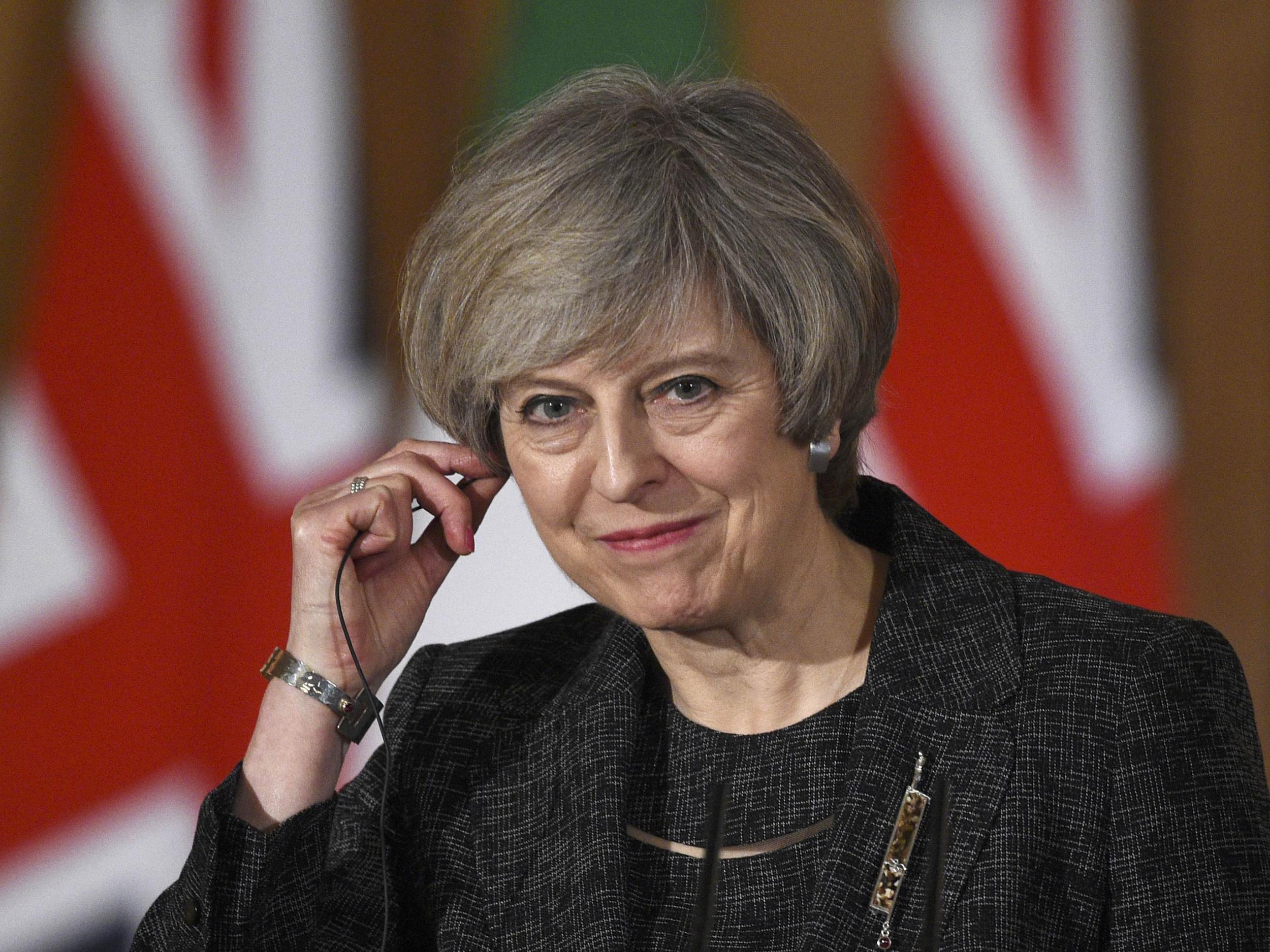It feels like poverty and inequality are increasing even though the numbers say they're not. Here's why
A new study by the respected Joseph Rowntree Foundation says millions more are in poverty, while income figures show no change. What is going on?


Are more people in poverty or not? The Joseph Rowntree Foundation (JRF) publishes a report today saying that the numbers at risk of poverty have risen from nine million in 2008/09 to 11 million in 2014/15, which suggests the numbers “at risk of poverty” have increased from 15 per cent of the population to 17 per cent in six years. Yet figures from the independent Office for National Statistics suggest that there were 13.5 million living below the poverty line in 2014/15, unchanged from six years before. Allow me to explain.
The ONS figures are for those living in households with income below 60 per cent of the median after housing costs. That has been called the poverty line in Britain for most of postwar history. It was accepted by the Labour government, in particular in defining Tony Blair’s 1999 pledge to abolish child poverty by 2020. But it was disowned by Iain Duncan Smith, who as Work and Pensions Secretary tried to meet the target by redefining it.
But almost all social research still uses this definition of poverty, which is why the question about whether poverty has increased is usually the same as whether inequality has increased or not. The poverty line is a measure of relative poverty, because it is tied to average incomes. That means people who are defined as poor today enjoy a better material life than most people in the 1930s, but they are excluded from the kind of life enjoyed by most of their fellow citizens now. And it means that an increase in inequality is likely to mean more people in poverty, because at the bottom end of the income scale there will be more people further away from the average.
On these figures, overall levels of relative poverty and overall income inequality have not changed since about 1990, after a sharp increase during Margaret Thatcher’s time. So why do people feel that poverty and inequality have become worse?
Part of the explanation was provided by the Institute for Fiscal Studies last month. It found that men’s earnings had become more unequal, as more men are in part-time, low-paid work. Conversely, women’s earnings are more equal as their employment trends are the opposite. But incomes overall have become more equal because fewer people are unemployed and because pensioners have become better off. Finally, the IFS found that, despite overall greater equality, the incomes of the best-off 1 per cent have increased by about a quarter since the mid-1990s.
For many people, therefore, society feels more unequal, even if the overall numbers say (slightly) the opposite. But there is something else going on too, which is where the JRF research comes in. It uses a different way of defining poverty, called the Minimum Income Standard. This uses surveys of public opinion to define what most people think they need for an “acceptable” standard of living.
This is a way of thinking about poverty that goes back to a research project called Breadline Britain in 1983, written up by Joanna Mack and Stewart Lansley in Poor Britain. At the time, when unemployment was high, their work defined 8.5 million people as in poverty – in that they lacked “socially perceived necessities”.
This approach to measuring poverty has since been taken up by Loughborough University and the JRF. The definitions are not quite the same, but the numbers in poverty using a similar method seem to have increased.
It would seem that the income most people think is needed for an acceptable life has risen faster than incomes generally. So we would now think of someone as “poor” if they cannot afford, say, a dishwasher, when we wouldn’t have thought that was necessary in the 1980s.
So the solution to the puzzle is that, objectively, poverty hasn’t increased, but that people feel it has, which means that, in a way, it has.
The paradox of this paradox, though, is that objective poverty and inequality are likely to rise in the next few years. The planned cuts in tax credits will take away more from low-paid workers than they are gaining from the National Living Wage. Then everyone will be able to agree that poverty is getting worse.
Update: I have changed the numbers in the first paragraph. I originally quoted the JRF estimates of the numbers below the Minimum Income Standard (MIS), which have risen from 15m in 2008/09 to 19m in 2014/15. The JRF prefers to focus, however, on the numbers of those on incomes of less than 75 per cent of the MIS, as it says these are the people “at high risk of being in poverty”. This is the point at which “the risk of getting behind on bills or being unable to afford to replace broken household items is four times the rate at MIS or above”.

Join our commenting forum
Join thought-provoking conversations, follow other Independent readers and see their replies